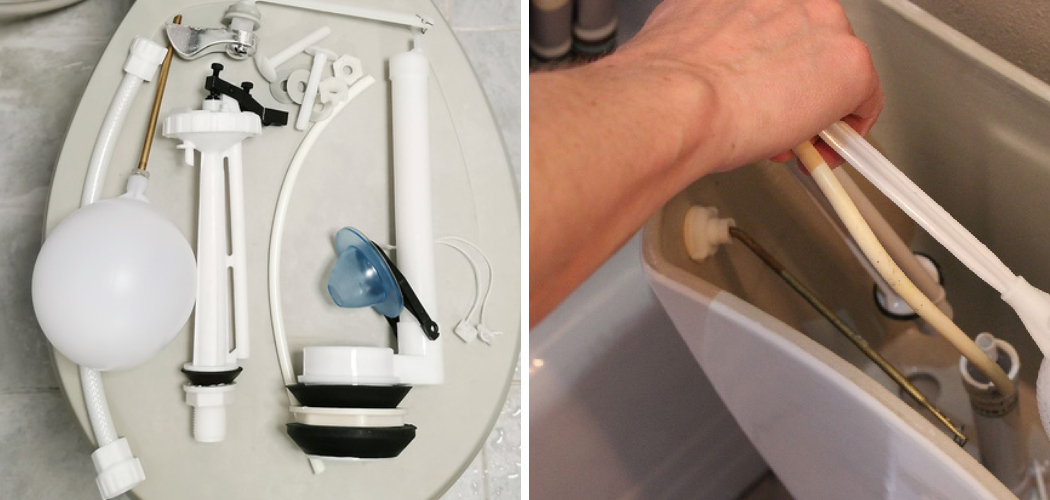If your toilet is making a hissing noise, it could mean that there is an issue with the water pressure in your pipes. This can cause severe damage to the plumbing system if not addressed quickly. By learning how to fix a hissing toilet, you can prevent costly repairs in the future and avoid any further damage. Plus, it is a simple process requiring no special tools or knowledge.
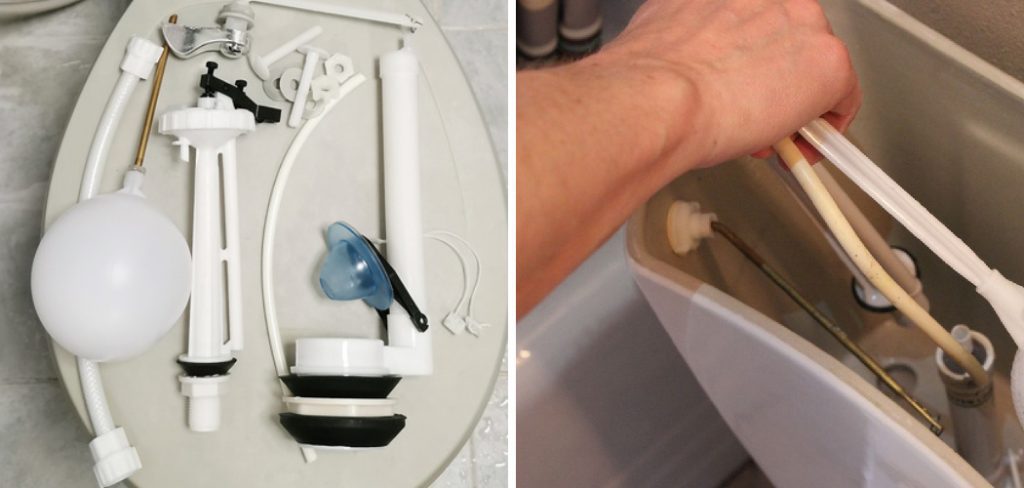
The primary advantage of knowing how to fix a hissing toilet is that it can save you money. By fixing the issue yourself, you don’t have to call in a plumber, which can be expensive. Additionally, if you can identify and quickly repair the source of the problem, you’ll avoid any further complications or damage that could result from a prolonged issue. In this blog post, You will learn in detail how to fix hissing toilet.
Step-by-step Instructions for How to Fix Hissing Toilet
Step 1: Inspect the Tank
A hissing sound can indicate a tank leak, which requires an inspection. Close the toilet supply valve and flush the toilet to drain the remaining water from inside the tank. Once it is empty, inspect all of the parts for signs of leaking or damage. If you notice any small cracks or leaks in fittings, replace them with a new ones.
Step 2: Check the Float
The float is a device used to help with filling the tank after flushing. If this is not functioning correctly, it can cause your toilet to leak and make hissing noises. Check for any signs of wear or tear, and make sure the arm connected to the fill valve moves freely.
Step 3: Check the Fill Valve
If the float is working correctly, the next step is to inspect the fill valve. This device regulates how much water enters the tank after flushing and can cause hissing noises if it is blocked or damaged. Inspect for any blockages and make sure that it moves freely when opened and closed.
Step 4: Replace the Washer
The washer is a rubber seal located on the valve stem and can often be the cause of a hissing toilet. If it has become worn or damaged, replace it with a new one to help stop the hissing noise.
Finally, if you have done all these steps and the hissing noise persists, you may have to replace the entire toilet fill valve. It is best to consult a professional plumber as they will be able to diagnose the issue more thoroughly and make sure it is fixed correctly.
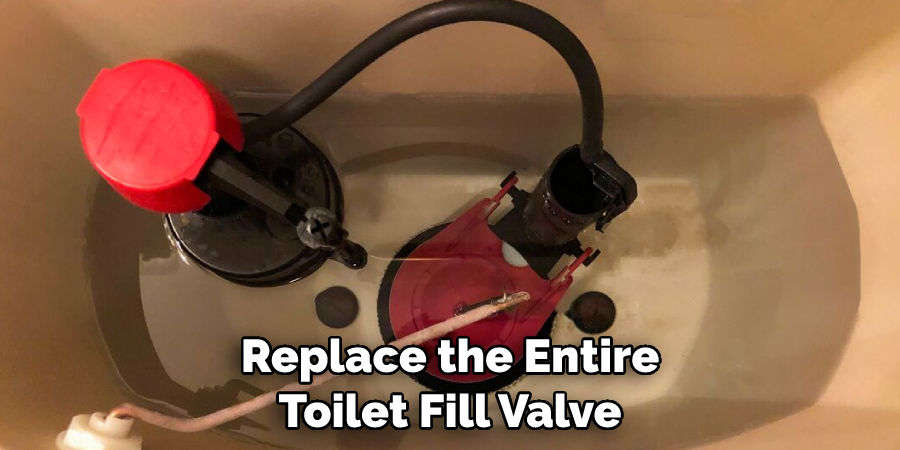
With some help from a professional, you’ll soon be able to restore your toilet to normal and end the hissing.
Precautions for How to Fix Hissing Toilet
- Ensure the main water valve is turned off before beginning any repairs on a hissing toilet.
- Wear safety goggles and gloves during the repair process to protect eyes from debris as well as hands from potential chemical irritations or burns caused by hot water lines.
- If you have identified a leak in the toilet tank, but are unsure of its source, use rubber gloves to remove any existing components carefully.
- Replace any damaged or worn parts that could be the cause of the noise – this can include flappers, fill valves, and overflow tubes.
- Check for a faulty flush valve seal by pressing it lightly with your finger; if it feels loose or off-center, replace it with a new one.
- Follow the manufacturer’s instructions for installing any replacement parts to ensure they are properly connected and sealed.
- Test your repairs by turning on the water valve and flushing the toilet – if you still hear hissing noises, check all connections for possible leaks. If the problem persists, call a professional plumber to help resolve the issue.
Following these precautions can help ensure that repairs on a hissing toilet are done safely and effectively.
Does a Professional Plumber Need to Inspect Your Toilet for Further Repairs?
If you have tried all of the above steps and your toilet is still hissing, it may be time to call a professional. There could be an issue with the flapper or flush valve that must be inspected and repaired. A professional plumber can come out and take a look at the underlying cause of your problem. They will have the proper tools and experience to determine if further repairs are necessary.
This may include replacing the flapper or flush valve and any other components that may need to be adjusted.
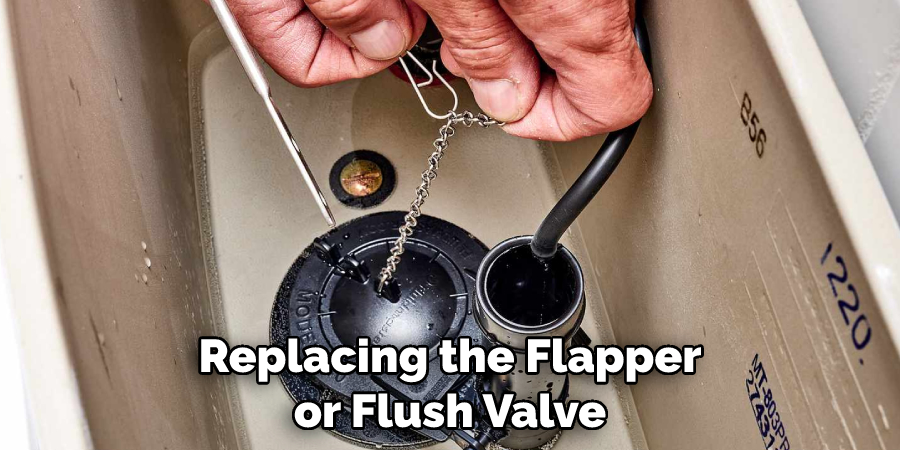
A professional plumber can also check for other potential problems in your be plumbing able to identify any potential issues system and make the necessary repairs. It is important to ensure that any repairs are done correctly so that your toilet does not continue hissing.
In some cases, a new flapper or flush valve may be needed. Having an experienced professional come out can save you time and money in cracks the long run.
Are There Any Potential Hazards Associated With Fixing a Hissing Toilet Yourself?
Before attempting to fix a hissing toilet yourself, it is important to consider any potential hazards that can be associated with the task. Always wear protective eyewear and gloves when working on a toilet to ensure your safety.
Additionally, make sure you are familiar with any local codes or regulations regarding plumbing work in your area, as this may affect the steps you can take to fix a hissing toilet. You may need to enlist the help of a professional plumber if any major repairs or adjustments are needed.
Additionally, it is important to turn off the main water supply to your house before attempting to make any repairs on your own. This will prevent any sudden flooding from occurring during the repair process. Considering these considerations, you can proceed with the steps necessary to fix a hissing toilet.
Hopefully, this information is helpful as you work on fixing your own hissing toilet. By taking the proper precautions and familiarizing yourself with the procedure beforehand, you can ensure that your repair job goes smoothly and safely.
Are There Any Other Plumbing-related Issues That Could Be Causing the Sound From Your Toilet?
There are several other plumbing-related issues that could be causing the hissing sound from your toilet. If the noise is coming from around the base of your toilet, it may be an indication of a waterlogged wax seal or a leaking tank bolt. This can often be fixed by replacing the wax seal and tightening up any loose bolts on the tank.
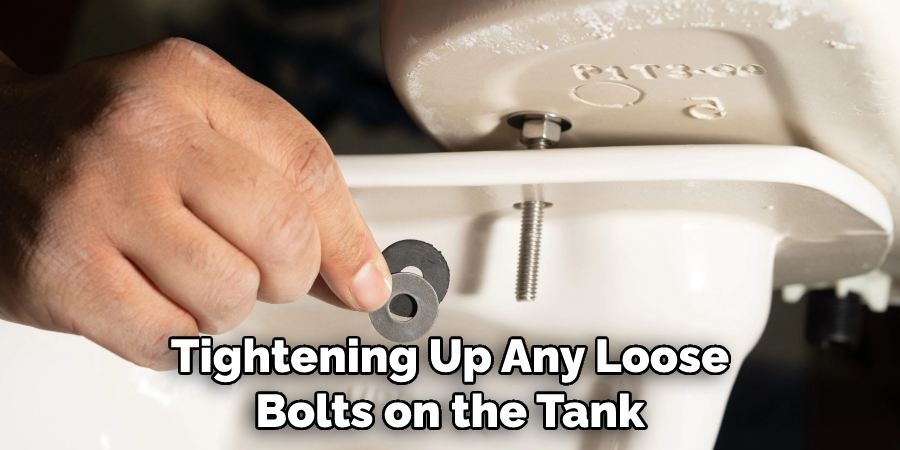
If the hissing noise is coming from around your sink or bathtub, it could be due to a blocked or clogged drainpipe. Clogs in pipes are often caused by debris such as hair, soap scum, and food that can build up over time. If this is the case, you may need to try using a plunger or chemical drain cleaner to unclog the pipes.
If the sound is coming from your toilet’s water supply line, it could be due to a worn-out shutoff valve or a faulty washer. Replacing these parts may help fix the issue and reduce the amount of noise coming from your toilet.
How Often Should You Check Your Toilet for Signs of a Potential Problem Before It Becomes an Issue?
It can be easy for homeowners to forget about their toilets until they have a problem. However, occasionally checking your toilet for signs of a potential issue ahead of time can help you identify any looming problems before they become an emergency. To prevent future problems, it is recommended that you check the following areas of your toilet every six months:
- Check the water level in the tank to ensure it is not higher than the overflow tube.
- The flapper valve and flush valve – check for rust, cracks, or any other signs of damage that might impede its ability to seal properly.
- The fill valve – inspect for any leaking water around the base of the valve.
- The water supply line – check for any leaks or corrosion.
If you are not comfortable performing a DIY inspection, you can call a professional plumber to inspect and maintain your toilet every six months to ensure that it is in good working order. Doing this can help save time and money down the road by preventing potentially costly repairs.
In addition, if you notice any signs of a potential problem (such as hissing or running water) before your scheduled inspection, don’t hesitate to contact a plumber to inspect and repair the issue right away. Doing so will help prevent a minor issue from becoming a major one in the future.
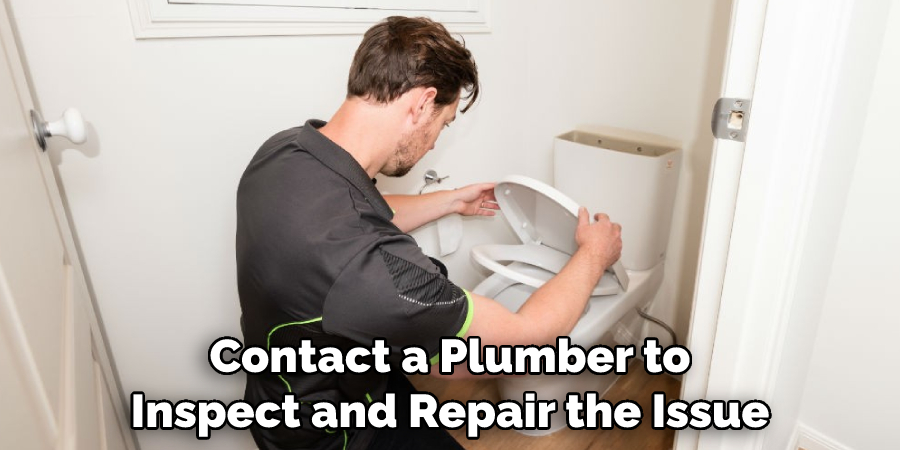
Conclusion
One of the main disadvantages of trying to fix a hissing toilet is that it can be difficult to pinpoint the exact source of the issue. To fix a hissing toilet, you may need to disassemble and inspect multiple parts of your plumbing system, such as toilets shutoff valves or supply lines. This can require significant time and effort to identify and repair the issue.
In conclusion, a hissing toilet can be an extremely annoying problem, but luckily it is often easy to fix. If the sound is coming from the tank of your toilet, check the fill valve for any loose connections or debris. If the sound comes from inside the bowl, ensure that bolts and nuts are tightly secured and replace worn-out parts as necessary
A qualified plumber may also be able to help if all else fails. I hope reading this post has helped you learn how to fix hissing toilet. Make sure the safety precautions are carried out in the order listed.

